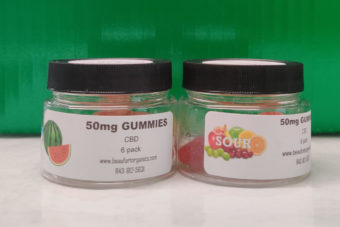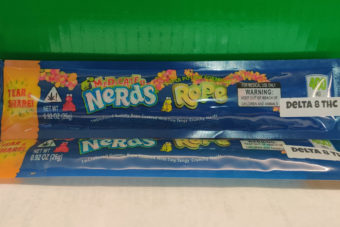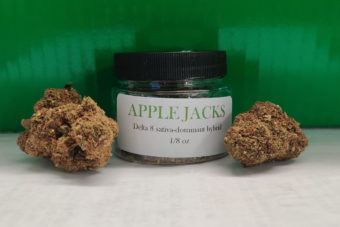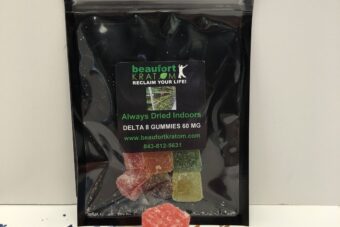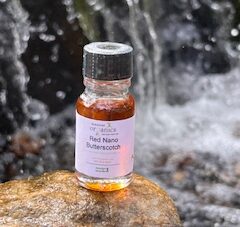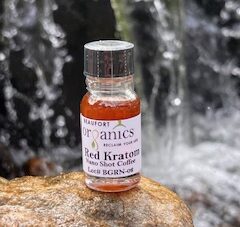HEALING WITH HONEY AND KRATOM
There’s no debate that honey is a delicious superfood. Sometimes referred to as “Nectar of the Gods,” honey has been used in other ways besides being a culinary best friend.
“Honey has long been known as a miracle food. It’s the only food produced by an insect in the world, that happens to also be delicious.
It’s reputation as a healthful healing substance goes back to ancient times. It is one of the world’s richest sources of antioxidants and can be used in a variety of ways.
It also contains numerous health benefits both internally and externally!
Endurance
Honey is the ideal supplement on the go. It is full of carbs and easy on the stomach (unlike some gels). Its ingredients consist of 38 percent Fructose, 31 percent Glucose, 2 percent Sucrose, 7 percent Maltose, 17 percent water and a few other miscellaneous things. Thus these sugar types, some more complex than others, give an endurance athlete a nice balanced “boost” during longer runs or an endurance event.
Now, personally, I love raw honey, no matter where it’s from, but in my experience, I’ve been told that using raw, local honey for allergy protection is always the ideal choice, so we’ll start there.
Some research supports the theory that local honey– obtained as close as possible to where you live–may help build immunity to some seasonal allergies. There is not much research to support this idea, yet many people claim that using honey in this way provides allergy relief. Allergies are triggered by continuous exposure to the same allergen over time. Even if a particular plant is not allergenic initially, it can potentially become very allergenic if you spend much time in the same environment as the plant. Honey made by bees in the vicinity of the allergenic plant will contain tiny amounts of pollen from that plant. This honey will act as a sort of vaccine if taken in small amounts–a few teaspoons per day–for several months, and can provide relief from seasonal pollen-related allergies.
Antioxidants, Phytonutrients, Vitamins, Minerals & More
Honey is also rich in powerful antioxidants and cancer-fighting phytonutrients, which can be found in the propolis, or “honey glue” that the bees use when sterilizing the beehive.
It is important to note that raw honey contains some of these compounds while pasteurized honey does not.
The nutrient content of raw honey varies, but a 1-ounce serving contains very small amounts of folate as well as vitamins B2, C, B6, B5 and B3. Minerals including calcium, copper, iodine, iron, magnesium, manganese, phosphorus, potassium, selenium, sodium and zinc can also be found in raw honey in small amounts.
In addition to all the other good honey can do, it’s been found to be useful in treating upper respiratory infections, which makes it act as a cough suppressant, and the natural sugar in it can trigger tryptophan to enter our system and have the same effect as eating turkey on Thanksgiving – rest.
KRATOM HONEY BALLS
What you need to make Kratom Honey Balls:
- Your favorite strain of Beaufort Organics powder
- The amount of kratom you add is totally up to you, but we suggest 2 tablespoons
- Raw honey
- Mixing Bowl
- Spatula
- Parchment Paper
How to make Kratom Honey Balls:
- Add your kratom to the mixing bowl
- Add honey
- Blend thoroughly
- Shape the mixture of kratom powder and honey into small little ball
- Place balls on your piece of Parchment Paper
- Place the kratom honey balls in your fridge or freezer for about an hour or two
- Remove from fridge and serve immediately




